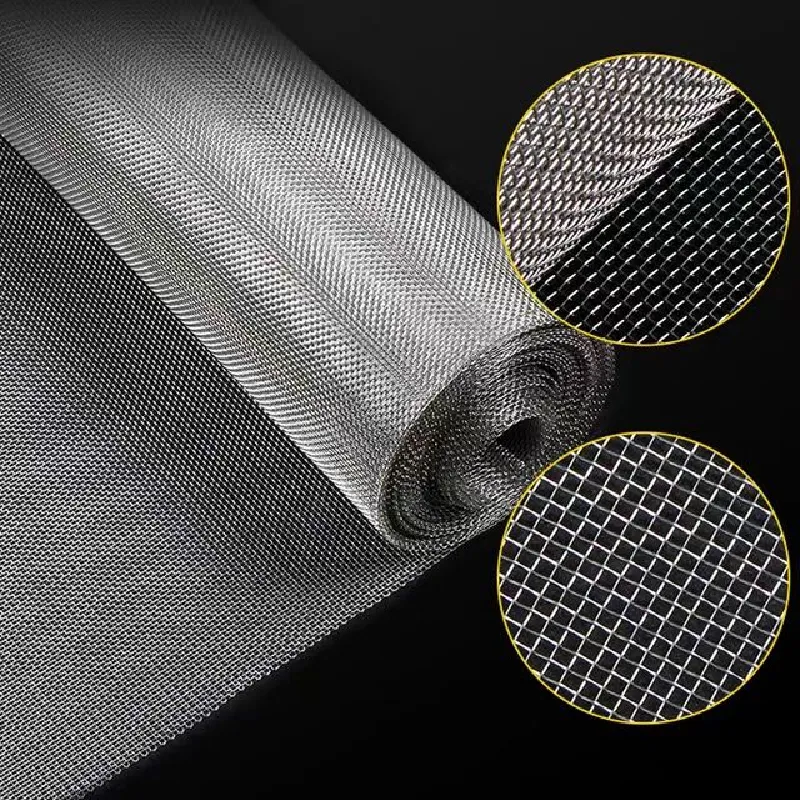-
 Afrikaans
Afrikaans -
 Albanian
Albanian -
 Amharic
Amharic -
 Arabic
Arabic -
 Armenian
Armenian -
 Azerbaijani
Azerbaijani -
 Basque
Basque -
 Belarusian
Belarusian -
 Bengali
Bengali -
 Bosnian
Bosnian -
 Bulgarian
Bulgarian -
 Catalan
Catalan -
 Cebuano
Cebuano -
 China
China -
 Corsican
Corsican -
 Croatian
Croatian -
 Czech
Czech -
 Danish
Danish -
 Dutch
Dutch -
 English
English -
 Esperanto
Esperanto -
 Estonian
Estonian -
 Finnish
Finnish -
 French
French -
 Frisian
Frisian -
 Galician
Galician -
 Georgian
Georgian -
 German
German -
 Greek
Greek -
 Gujarati
Gujarati -
 Haitian Creole
Haitian Creole -
 hausa
hausa -
 hawaiian
hawaiian -
 Hebrew
Hebrew -
 Hindi
Hindi -
 Miao
Miao -
 Hungarian
Hungarian -
 Icelandic
Icelandic -
 igbo
igbo -
 Indonesian
Indonesian -
 irish
irish -
 Italian
Italian -
 Japanese
Japanese -
 Javanese
Javanese -
 Kannada
Kannada -
 kazakh
kazakh -
 Khmer
Khmer -
 Rwandese
Rwandese -
 Korean
Korean -
 Kurdish
Kurdish -
 Kyrgyz
Kyrgyz -
 Lao
Lao -
 Latin
Latin -
 Latvian
Latvian -
 Lithuanian
Lithuanian -
 Luxembourgish
Luxembourgish -
 Macedonian
Macedonian -
 Malgashi
Malgashi -
 Malay
Malay -
 Malayalam
Malayalam -
 Maltese
Maltese -
 Maori
Maori -
 Marathi
Marathi -
 Mongolian
Mongolian -
 Myanmar
Myanmar -
 Nepali
Nepali -
 Norwegian
Norwegian -
 Norwegian
Norwegian -
 Occitan
Occitan -
 Pashto
Pashto -
 Persian
Persian -
 Polish
Polish -
 Portuguese
Portuguese -
 Punjabi
Punjabi -
 Romanian
Romanian -
 Russian
Russian -
 Samoan
Samoan -
 Scottish Gaelic
Scottish Gaelic -
 Serbian
Serbian -
 Sesotho
Sesotho -
 Shona
Shona -
 Sindhi
Sindhi -
 Sinhala
Sinhala -
 Slovak
Slovak -
 Slovenian
Slovenian -
 Somali
Somali -
 Spanish
Spanish -
 Sundanese
Sundanese -
 Swahili
Swahili -
 Swedish
Swedish -
 Tagalog
Tagalog -
 Tajik
Tajik -
 Tamil
Tamil -
 Tatar
Tatar -
 Telugu
Telugu -
 Thai
Thai -
 Turkish
Turkish -
 Turkmen
Turkmen -
 Ukrainian
Ukrainian -
 Urdu
Urdu -
 Uighur
Uighur -
 Uzbek
Uzbek -
 Vietnamese
Vietnamese -
 Welsh
Welsh -
 Bantu
Bantu -
 Yiddish
Yiddish -
 Yoruba
Yoruba -
 Zulu
Zulu
mesh plastic netting
The Versatility of Mesh Plastic Netting Applications and Benefits
Mesh plastic netting has emerged as an incredibly versatile material in various industries, thanks to its unique properties and numerous applications. Made from durable plastic fibers, this netting is lightweight, flexible, and resistant to weather conditions, making it an ideal solution for a wide range of uses from gardening to industrial applications.
What is Mesh Plastic Netting?
Mesh plastic netting is a type of net made from intertwined strands of plastic, forming a grid-like structure. It can be produced in various sizes and shapes, depending on the intended application. The most common types include HDPE (High-Density Polyethylene) and PVC (Polyvinyl Chloride) mesh, both of which offer excellent durability and longevity. The open design of the mesh allows for airflow and light penetration, while still providing necessary support and protection.
Gardening and Agriculture
One of the most prominent uses of mesh plastic netting is in gardening and agriculture. Gardeners utilize this netting to support climbing plants, such as tomatoes and peas, allowing them to grow vertically and saving space. The netting provides stability, ensuring that plants can thrive without bending or breaking under their weight.
Moreover, mesh netting serves as a protective barrier against pests, such as birds and insects. By covering crops with netting, farmers can prevent birds from pecking at fruit and protect seedlings from being eaten by larger animals. This not only increases the yield but also reduces the need for chemical pesticides, promoting a more organic approach to farming.
Construction Industry
mesh plastic netting

In the construction sector, mesh plastic netting is often used for safety and support
. It can be employed in scaffolding to prevent tools and materials from falling, thus ensuring the safety of workers below. Additionally, mesh netting can be used in retaining walls and erosion control, providing stabilization for soil and reducing the risk of landslides or erosion during heavy rains.Sports and Recreation
Another fascinating application of mesh plastic netting is in sports. From tennis courts to soccer fields, this netting is used to demarcate boundaries and provide safety barriers. In sports facilities, mesh netting can prevent balls from leaving the playing area, reducing the risk of accidents involving spectators. In recreational climbing and adventure parks, mesh netting provides safety features that protect climbers while still allowing for an unobstructed view of their surroundings.
Environmental Benefits
Beyond its practical applications, mesh plastic netting also contributes positively to the environment. Made from recyclable materials, it can be repurposed and recycled at the end of its lifecycle. This reduces waste and promotes sustainability. Additionally, by using mesh netting in agriculture, farmers can minimize the use of harmful pesticides, fostering a healthier ecosystem and biodiversity.
Conclusion
In conclusion, mesh plastic netting is an invaluable tool across various industries, offering support, protection, and safety. Its applications in gardening, construction, and sports highlight its versatility, while its environmentally friendly properties make it a sustainable choice. As technology progresses, the improvements in the quality and types of mesh plastic netting could open new avenues for its use, making it an essential component in many modern solutions. Whether you are a gardener looking to protect your plants, a builder seeking safety solutions, or a sports enthusiast wanting to enhance facilities, mesh plastic netting is a logical and beneficial choice.
-
Shipping Plastic Bags for Every NeedNewsJul.24,2025
-
Safety Netting: Your Shield in ConstructionNewsJul.24,2025
-
Plastic Mesh Netting for Everyday UseNewsJul.24,2025
-
Nylon Netting for Every UseNewsJul.24,2025
-
Mesh Breeder Box for Fish TanksNewsJul.24,2025
-
Expanded Steel Mesh Offers Durable VersatilityNewsJul.24,2025











